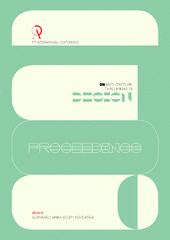Приказ основних података о документу
The New Architecture Of The Palace Of Justice In Belgrade : Remodeling The Serbian Built Environment Towards The Spaces Of Inclusivity
| dc.contributor | Bogdanović, Ružica | |
| dc.creator | Mađanović, Milica | |
| dc.creator | Ereš, Davor | |
| dc.date.accessioned | 2024-01-17T18:54:02Z | |
| dc.date.available | 2024-01-17T18:54:02Z | |
| dc.date.issued | 2023-12-28 | |
| dc.identifier.uri | http://rifdt.instifdt.bg.ac.rs/123456789/3751 | |
| dc.description.abstract | The New Architecture of the Palace of Justice in Belgrade: Remodeling the Serbian Built Environment Towards the Spaces of Inclusivity Milica Mađanović, Institute for Philosphy and Social Theory, University of Belgrade Davor Ereš, Institute for Philosphy and Social Theory, University of Belgrade For decades, the issue of accessibility of the built environment remains one of the key topics in the societies focused on creation of equitable spaces, appropriate for use of all their citizens. The Serbian Planning and Construction Law recognizes the necessity of accessibility standards, issuing the set of accessibility norms and defining them as mandatory technical measures, standards and conditions of design, planning and construction that ensure unhindered movement and access for people with disabilities, children and the elderly. In response to the Reworking architecture/ city thematic stream, this paper aims to explore how can the remodeling of built environment, more specifically, public buildings, enhance their functionality for the people for mobility impairments. To do so, it will analyze the case study the reconstruction (arch. Z. Abadić) of the Palace of Justice in Serbia, a masterpiece originally constructed in 1973 (architects Z. Žunković and M. Živadinović). The largest judicial facility in Serbia, housing The High Court in Belgrade, the Chief Public Prosecutor's Office, the criminal department of the Second Court in Belgrade and the Second Prosecutor's Office, the Palace of Justice was fully renovated in 2019. This paper will focus on a specific aspect of the building’s remodeling approach which was least discussed in terms of architectural contemporaneity – its accessibility. The research discusses the design strategies employed to make the building accessible to the citizens with mobility impairments. The paper will answer the following questions – what was successful about the particular design decisions regarding the Palace of Justice’s accessibility, what could have been done differently – and why. Ultimately, the paper implores the necessity of reworking Serbian architecture – and public spaces – to transform them into inclusive environment that could be equally enjoyed by all its citizens. Keywords: accessibility, Palace of Justice in Belgrade, remodeling, inclusive spaces, movement equality | sr |
| dc.language.iso | en | sr |
| dc.publisher | STRAND – Sustainable Urban Society Association | sr |
| dc.rights | openAccess | sr |
| dc.rights.uri | https://creativecommons.org/licenses/by/4.0/ | |
| dc.source | “On Architecture – Challenges in Design” Conference Proceedings, The Serbian Academy of Sciences and Arts, Gallery of Science and Technology and Rectorate of the University of Belgrade in Serbia 5-19 December 2023. | sr |
| dc.subject | accessibility | sr |
| dc.subject | Palace of Justice in Belgrade | sr |
| dc.subject | remodeling | sr |
| dc.subject | inclusive spaces | sr |
| dc.subject | movement equality | sr |
| dc.title | The New Architecture Of The Palace Of Justice In Belgrade : Remodeling The Serbian Built Environment Towards The Spaces Of Inclusivity | sr |
| dc.type | conferenceObject | sr |
| dc.rights.license | BY | sr |
| dc.description.other | On Architecture Challenges in Design Publisher STRAND – Sustainable Urban Society Association Editor Ružica Bogdanović Reviewers Aleksa Bijelovic, Aleksandra Stupar, Anastasios Tellios, Christiane Wagner, Denis Ambruš, Figen Beyhan, Giannis Tsaras, Marija Mano, Mateja Kurir, Mirjana Devetaković, Nataša Danilović Hristić, Nora Lefa, Pavlos Lefas, Ranka Gajić, Ružica Bogdanović, Svetlana Batarilo, Senka Ibrišimbegović, Vanessa Tsakalidou | sr |
| dc.type.version | publishedVersion | sr |
| dc.identifier.fulltext | http://rifdt.instifdt.bg.ac.rs/bitstream/id/13832/bitstream_13832.pdf | |
| dc.identifier.rcub | https://hdl.handle.net/21.15107/rcub_rifdt_3751 |

